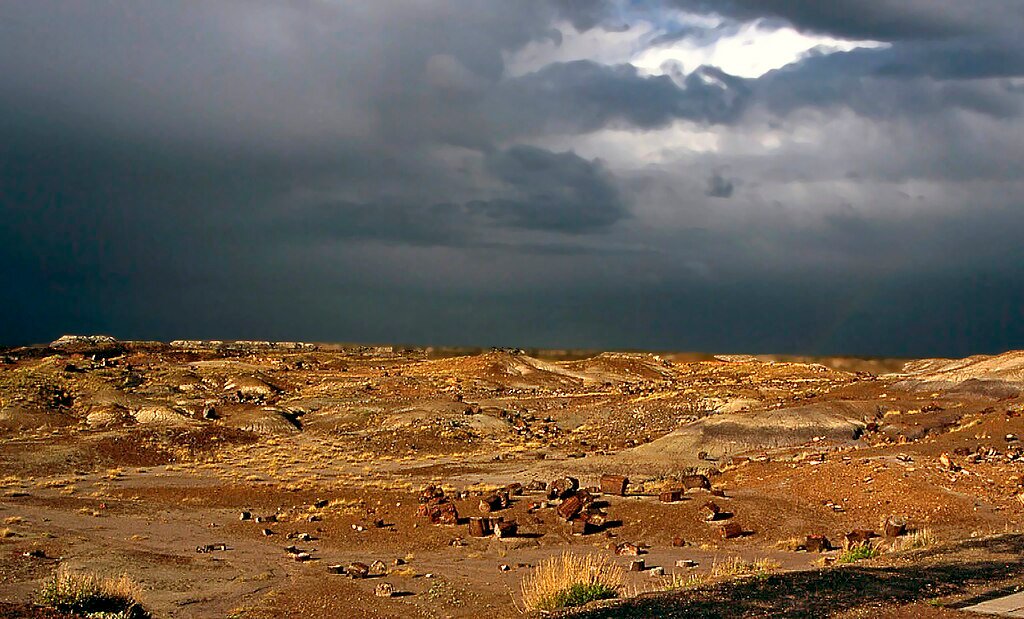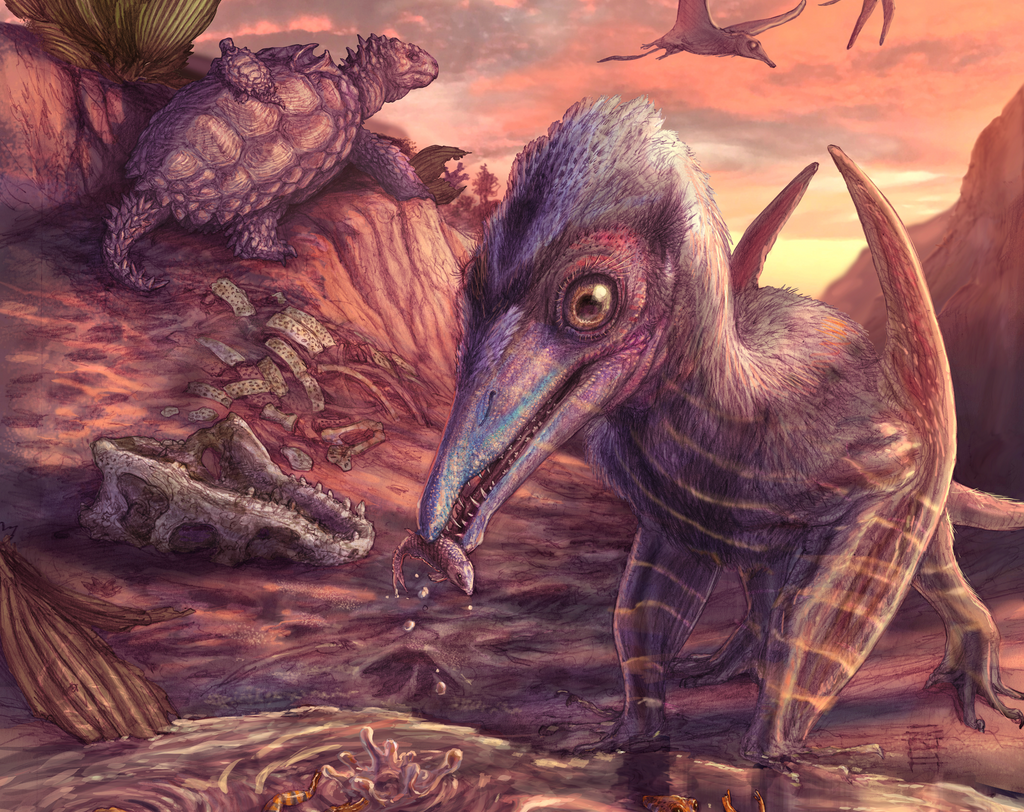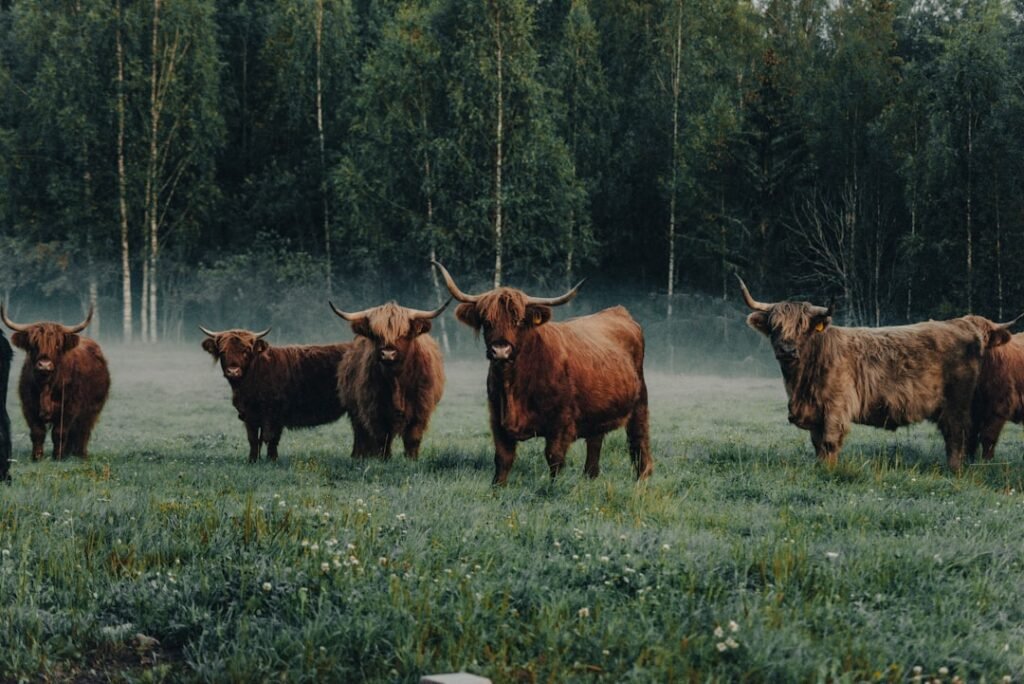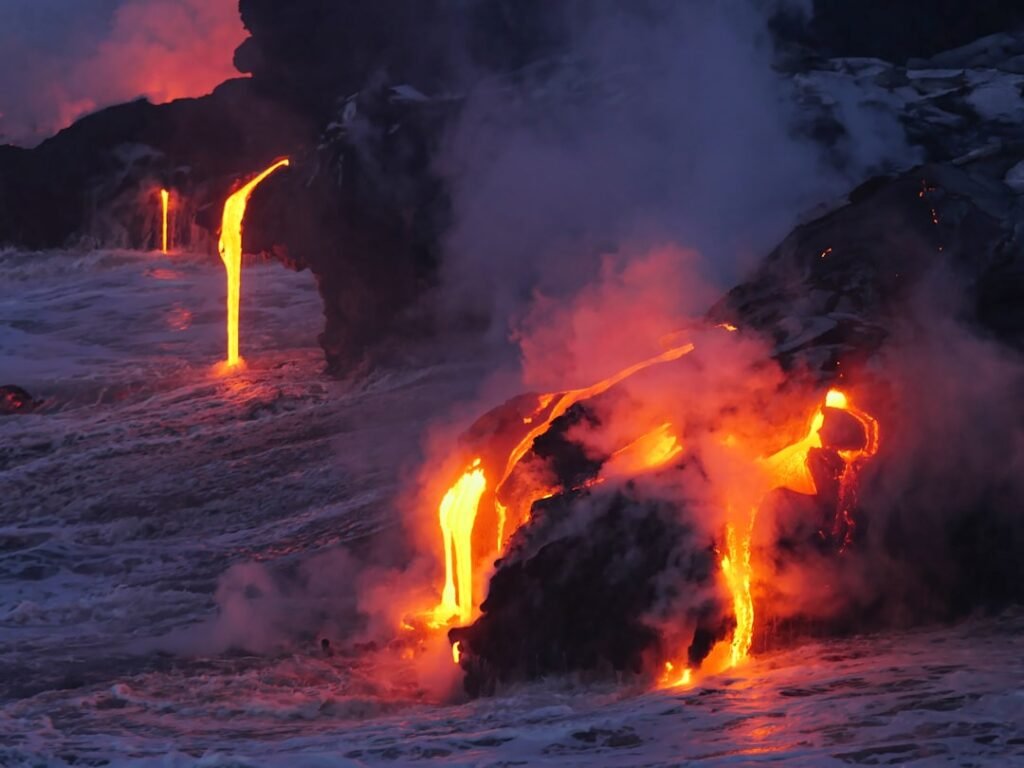A gull-sized flying reptile has emerged from fossil-rich layers of Arizona’s Petrified Forest, revealing the earliest known pterosaur in North America. Named Eotephradactylus mcintireae, this delicate creature lived 209 million years ago and shared its ecosystem with turtles, amphibians, and armored reptiles, capturing a moment of evolutionary transition before the end-Triassic extinction.
A Fossil Treasure Trove

A bonebed, located in the Owl Rock Member of the Chinle Formation, was first explored in 2011 by a Smithsonian-led team. It yielded over 1,200 fossils, including fish, amphibians, armored crocodile-like reptiles, frogs, turtles, and the newly described pterosaur. The site’s volcanic ash allowed precise dating, and its remote location preserved delicate specimens in exceptional detail.
Meet Eotephradactylus mcintireae

Named after volunteer Suzanne McIntire, who discovered the fossil, Eotephradactylus means “ash-winged dawn goddess,” a nod to both the volcanic ash and its early place in pterosaur evolution. The fossil includes a jawbone with worn teeth, suggesting it fed on armored fish. Its small size and delicate bones make its preservation in river-deposited sediment especially remarkable.
A Community in Transition
The fossil assemblage captures a moment when ancient lineages like giant amphibians coexisted with evolutionary newcomers such as frogs, turtles, and pterosaurs. This mix reflects a dynamic ecosystem on the brink of the end-Triassic extinction, which wiped out 75% of species and paved the way for dinosaur dominance.
Conclusion
The discovery of Eotephradactylus mcintireae not only fills a gap in the North American pterosaur record but also highlights the power of museum collections, volunteer contributions, and interdisciplinary fieldwork. As paleontologists continue to decode the Triassic world, this “dawn goddess” reminds us that even the smallest fossils can illuminate vast evolutionary stories.
Source:




